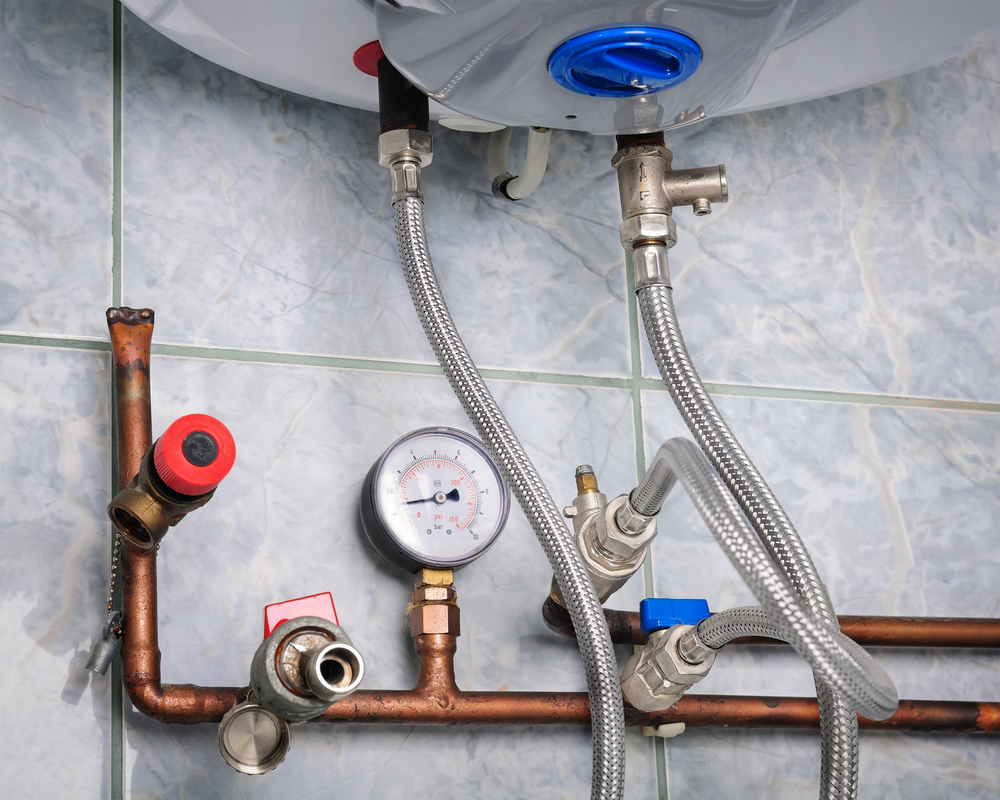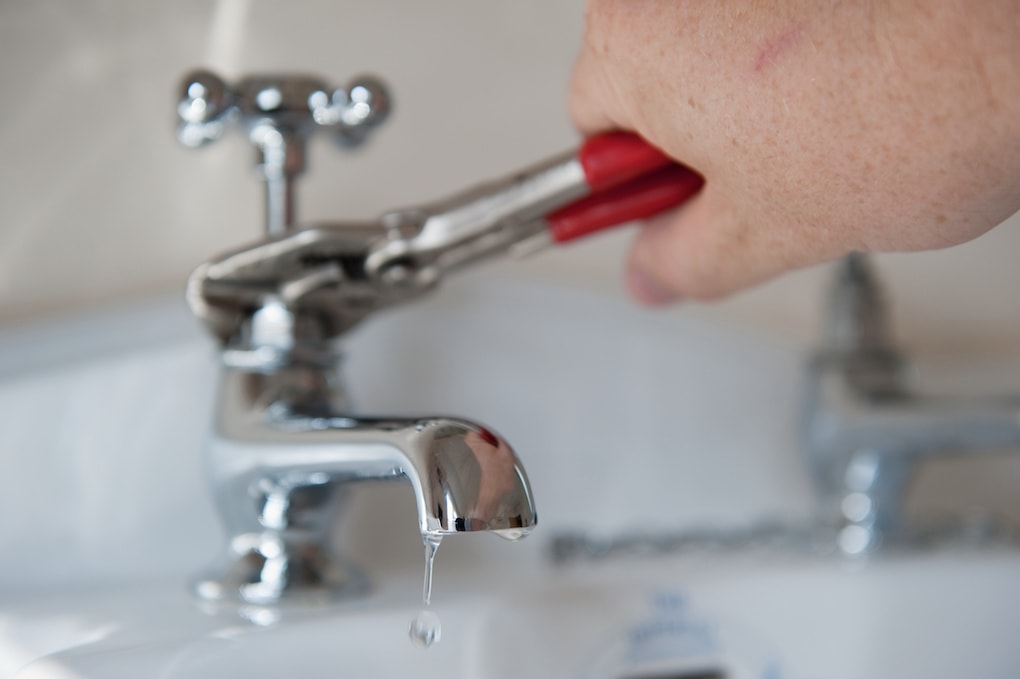Confirmed Tactics for Dealing with Low Water Pressure in Your Home
Confirmed Tactics for Dealing with Low Water Pressure in Your Home
Blog Article
We've discovered the article pertaining to 9 Reasons for Low Water Pressure in Your House below on the web and think it made sense to discuss it with you in this article.

Low tide stress in your home can be an irritating problem, influencing everything from bathing to washing meals. If you're experiencing weak water flow, there are a number of feasible causes and options to check out. In this guide, we'll go over usual reasons for low water stress and functional actions to resolve the concern successfully.
Intro to Low Tide Pressure
Low water pressure happens when the flow of water from your taps, showers, and various other components is weak than normal. This can make daily tasks much more difficult and less effective. Comprehending the sources of low tide stress is important to finding the right option.
Typical Causes of Low Tide Pressure
Pipeline Obstructions
Over time, pipelines can come to be clogged with mineral deposits, sediment, or debris, limiting the circulation of water. This is a common concern in older homes with galvanized steel pipelines.
Corrosion
Rust within pipes can lead to leaks and minimized water pressure. Corrosion build-up can tighten water flow, especially in maturing plumbing systems.
Faulty Stress Regulators
Pressure regulatory authorities are responsible for keeping consistent water stress in your home. If they malfunction, it can cause low tide stress or uneven flow throughout your home.
Municipal Supply Of Water Issues
Sometimes, the problem exists outside your home. Metropolitan water supply concerns, such as main line leaks or maintenance work, can temporarily minimize water pressure in your area.
How to Diagnose Low Tide Pressure
Examining Taps and Fixtures
Start by checking the water pressure at various taps and components throughout your home. If the issue is separated to certain locations, it might indicate local issues.
Examining Pipelines
Inspect noticeable pipes for signs of leakages, rust, or blockages. Take notice of any kind of uncommon sounds, such as knocking or rattling pipes, which might show concerns within the plumbing system.
Consulting with a Plumber
If you're incapable to identify the root cause of low water stress, take into consideration employing a specialist plumber to conduct a comprehensive evaluation. They can identify underlying issues and suggest proper services.
Do It Yourself Solutions to Take Care Of Low Water Pressure
Cleaning Up Aerators and Showerheads
Mineral deposits can build up in aerators and showerheads, minimizing water flow. Eliminate and cleanse these components consistently to improve water pressure.
Flushing Hot Water Heater
Sediment build-up in the water heater can limit flow and lower effectiveness. Purging the storage tank occasionally helps eliminate sediment and maintain optimal performance.
Checking Pressure Regulator
Make sure that the pressure regulator is operating properly. Changing or replacing the regulatory authority can aid bring back correct water pressure throughout your home.
Cleaning Clogs in Piping
For minor clogs, attempt making use of a plumbing snake or chemical drainpipe cleaner to clear blockages in pipes. Be cautious when using chemicals and adhere to safety and security guidelines.
When to Call an Expert Plumber
If do it yourself efforts stop working to fix the problem or if you presume significant plumbing issues, it's finest to seek aid from a licensed plumber. They have the proficiency and tools to deal with complicated problems safely and effectively.
Safety Nets to Maintain Water Stress
Routine Maintenance
Arrange routine maintenance for your plumbing system to stop issues such as corrosion, leaks, and obstructions. Attending to small problems early can help avoid more considerable repairs later.
Mounting a Stress Booster
Take into consideration setting up a pressure booster pump to enhance water pressure in areas with constantly reduced flow. This can be particularly helpful for multi-story homes or properties with high-demand components.
Tracking Water Usage
Bear in mind water usage practices and stay clear of ill-using the plumbing system. Straightforward adjustments, such as staggering showers and laundry lots, can help preserve appropriate water pressure.
Verdict
Managing low water stress can be aggravating, however recognizing the underlying reasons and applying appropriate remedies can restore optimal circulation throughout your home. Whether it's cleaning up aerators, evaluating pipelines, or speaking with a plumber, taking proactive steps can ensure a constant supply of water for your everyday requirements.
FOUR WAYS TO FIX LOW WATER PRESSURE NOW
Turning on a shower or faucet only to find the water comes out in a sad, slow drizzle is never a good feeling. How exactly are you supposed to wash a pan or take a quick shower when it takes 10 minutes just to rinse off a little soap? The good news is that when your water pressure is bad, there's always a cause: typically one that can be easily fixed. Here are some of the most common causes of low pressure and what you can do to fix the issue:
DEBRIS AND MINERAL DEPOSIT BUILDUPS
If you notice low water pressure from just one or two of the fixtures in your house, the problem likely has to do with debris buildup. Water is full of minerals and other debris, all of which can accumulate in your pipes and on your fixtures. This can cause a blockage that affects how much water flows through. To fix this, try filling a small plastic bag with white vinegar, and use a rubber band to hang it around your showerhead or faucet. Let the head of the fixture soak for a few hours, and the vinegar should loosen the deposits.
WATER LEAKS
Leaks are another common cause of low water pressure. If water is flowing out of your plumbing through a hole or crack before it can reach your fixture, the pressure coming out of the faucet or showerhead will be lower. A plumbing professional is your best bet for finding and repairing a leak in your water supply pipes.
Leaks are another common cause of low water pressure. If water is flowing out of your plumbing through a hole or crack before it can reach your fixture, the pressure coming out of the faucet or showerhead will be lower. A plumbing professional is your best bet for finding and repairing a leak in your water supply pipes.
FOUR WAYS TO FIX LOW WATER PRESSURE NOW
Turning on a shower or faucet only to find the water comes out in a sad, slow drizzle is never a good feeling. How exactly are you supposed to wash a pan or take a quick shower when it takes 10 minutes just to rinse off a little soap? The good news is that when your water pressure is bad, there's always a cause: typically one that can be easily fixed. Here are some of the most common causes of low pressure and what you can do to fix the issue:
DEBRIS AND MINERAL DEPOSIT BUILDUPS
If you notice low water pressure from just one or two of the fixtures in your house, the problem likely has to do with debris buildup. Water is full of minerals and other debris, all of which can accumulate in your pipes and on your fixtures. This can cause a blockage that affects how much water flows through. To fix this, try filling a small plastic bag with white vinegar, and use a rubber band to hang it around your showerhead or faucet. Let the head of the fixture soak for a few hours, and the vinegar should loosen the deposits.
WATER LEAKS
Leaks are another common cause of low water pressure. If water is flowing out of your plumbing through a hole or crack before it can reach your fixture, the pressure coming out of the faucet or showerhead will be lower. A plumbing professional is your best bet for finding and repairing a leak in your water supply pipes.
Leaks are another common cause of low water pressure. If water is flowing out of your plumbing through a hole or crack before it can reach your fixture, the pressure coming out of the faucet or showerhead will be lower. A plumbing professional is your best bet for finding and repairing a leak in your water supply pipes.
A VALVE ISSUE
If you have low water pressure throughout your home, check your main shut-off valve to make sure it's completely open. You may also want to see if there's a pressure-reducing valve installed. If there is, have a plumber help you adjust the settings to get the pressure you're looking for.
OTHERS USING WATER
Believe it or not, your low water pressure could be caused by your neighbors. If you notice low pressure at certain times of day, it may be because you and the people living next to you have similar schedules - when everyone is showering at the same time, the pressure will be lower in every home. Low pressure throughout the neighborhood may also be caused by an issue with your municipal water supply. If that's the case, call the supplier to see if they're working on the issue.
https://www.rotorooter.com/blog/water-leaking/low-water-pressure-fixes/

We were guided to that editorial on 10 Reasons for Low Water Pressure in Your House through a pal on our other website. Sharing is caring. You just don't know, you may very well be doing someone a favor. Thanks for going through it.
Book An Appointment Report this page